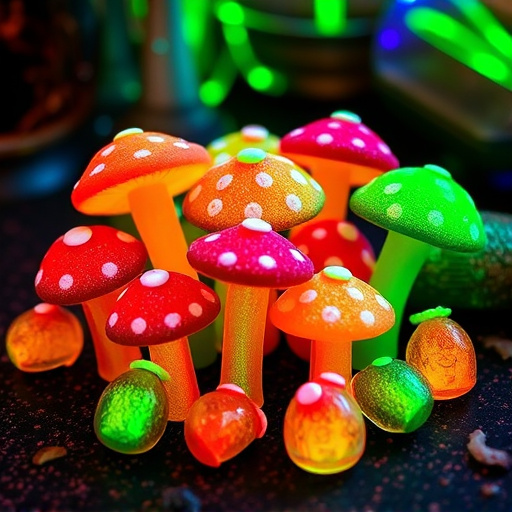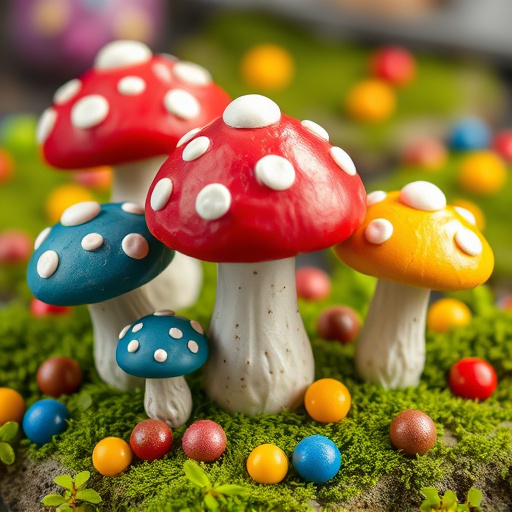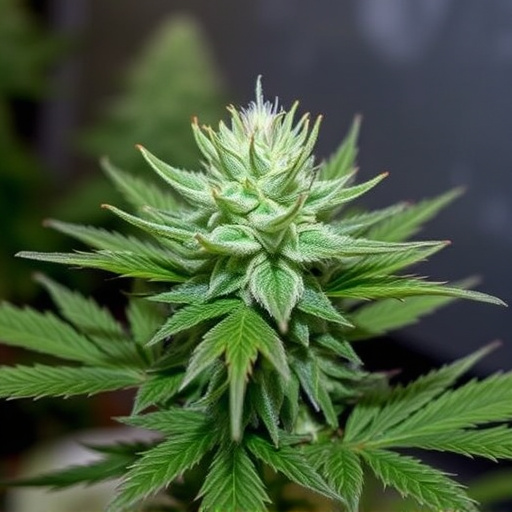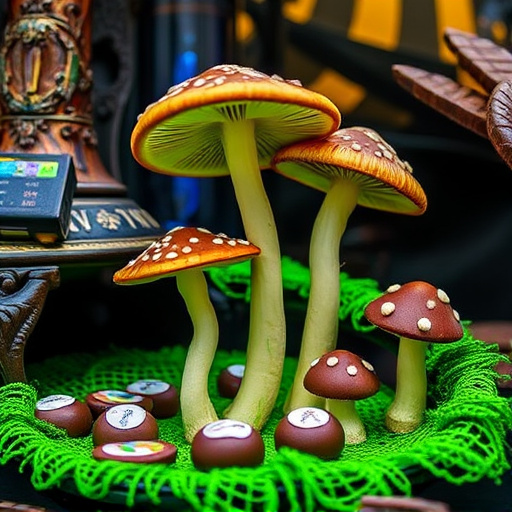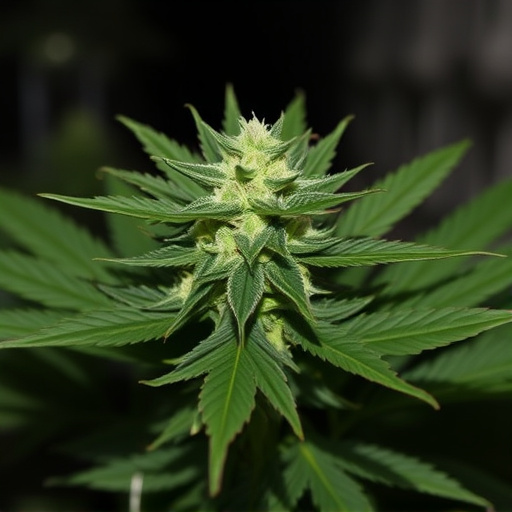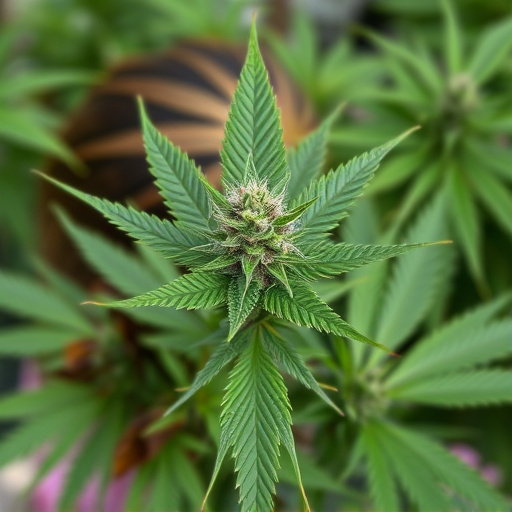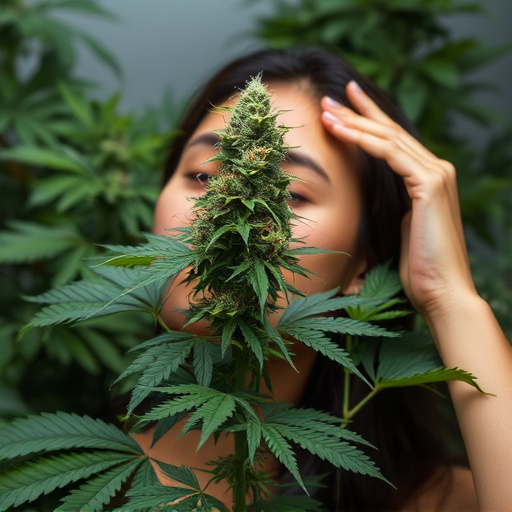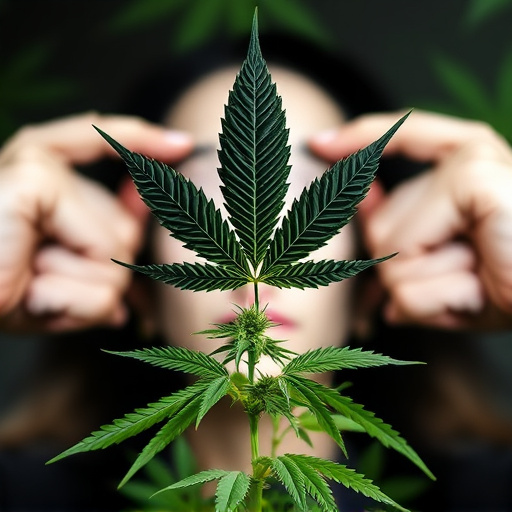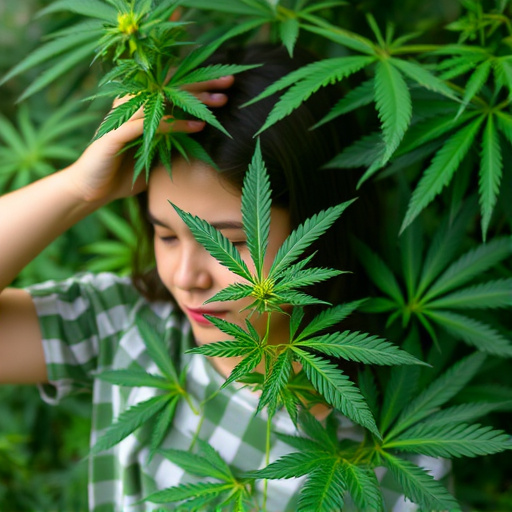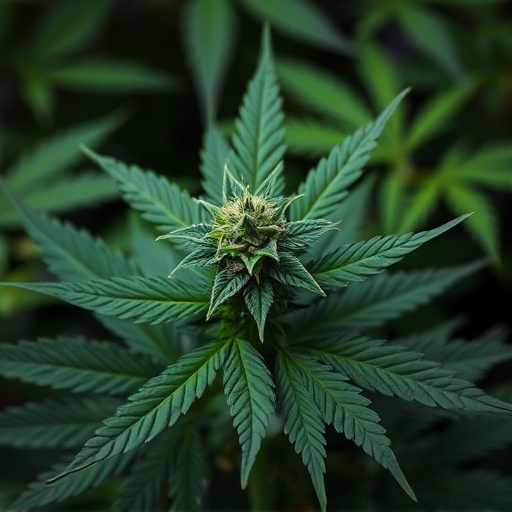Cannabis flowers' colors result from complex biochemical processes influenced by environmental factors, with cool-toned (blue/purple) strains known for anti-inflammatory properties, beneficial for headaches and migraines. Terpenes and pigments in these strains offer therapeutic effects, such as reducing pain and inflammation, managing mood, and providing antioxidants. Choosing the right cannabis strains for migraine management involves understanding color-compound connections: cooler strains with higher CBD for anti-inflammatory relief; warmer strains with more THC for psychoactive benefits; red/pink undertones offering a balance of both.
Discover the captivating transformation of cannabis flowers as they change color, a process rooted in complex biological mechanisms. This article explores the science behind these vibrant shifts, delving into the interplay of terpenes and pigments that not only affect visual allure but also offer potential migraine relief. Learn how specific cannabis strains, identifiable by their unique colors, can be strategically chosen for effective migraine management, providing insights for those seeking natural remedies.
- The Science Behind Cannabis Flower Color Change
- How Terpenes and Pigments Impact Migraine Relief
- Choosing the Right Cannabis Strains for Migraine Management Based on Color
The Science Behind Cannabis Flower Color Change
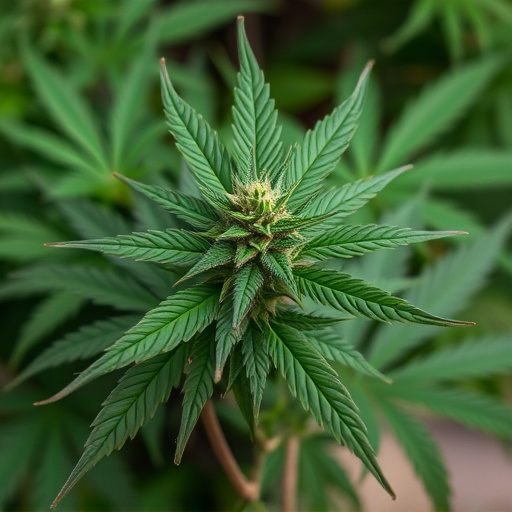
The science behind cannabis flower color change is fascinating and multifaceted. Cannabis plants, like many others, undergo a series of biochemical transformations as they mature, leading to the vivid hues we associate with different strains. The primary reason for this color shift lies in the production of various cannabinoids and terpenes, which are responsible for both the plant’s aroma and therapeutic properties. As cannabis flowers develop, changes in light exposure, temperature, and nutrition trigger an increase in these compounds, resulting in a range of colors from deep purples to bright oranges.
This process is particularly significant for cannabis strains used to alleviate symptoms like migraines. Different color variations often correspond to distinct chemical profiles, which can influence their effectiveness in treating specific conditions. For instance, strains with cooler tones (like blue or purple) are known for their anti-inflammatory properties, making them potential remedies for headaches and migraines. Understanding the science behind these color changes allows cultivators to breed strains with targeted benefits, enhancing the plant’s therapeutic potential for various ailments, including migraines.
How Terpenes and Pigments Impact Migraine Relief
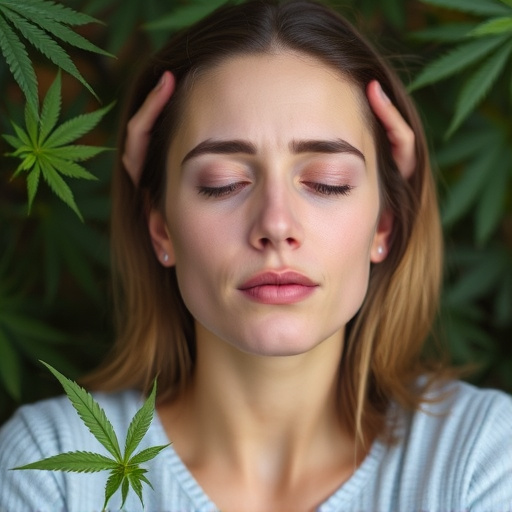
Cannabis plants, much like many others, produce a diverse range of terpenes and pigments that contribute to their vibrant colors. These chemical compounds play a significant role in attracting pollinators and providing protection from environmental stressors. Beyond aesthetics, terpenes and pigments offer therapeutic benefits, especially for cannabis strains known to alleviate migraines.
Terpenes, aromatic compounds responsible for the distinct scents of different cannabis varieties, have anti-inflammatory and analgesic properties that can help reduce migraine pain. Certain terpenes, such as linalool and myrcene, found in many cannabis strains, are renowned for their calming effects on the nervous system, potentially providing much-needed relief to those suffering from migraines. Pigments, like flavonoids, also contribute to the healing process by interacting with various receptors in the body, influencing mood, reducing inflammation, and offering antioxidant benefits—all of which can play a role in managing migraine symptoms.
Choosing the Right Cannabis Strains for Migraine Management Based on Color
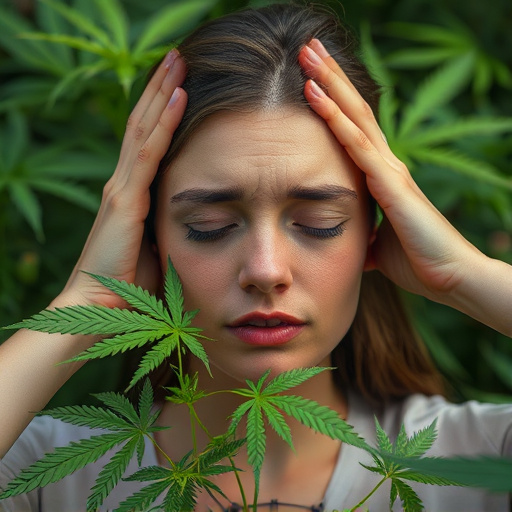
When it comes to managing migraines, selecting the right cannabis strains is a delicate balance. The vibrant hues of cannabis flowers can offer clues about their potential therapeutic properties, particularly for those seeking relief from headaches. Strains with cooler tones, such as blues and purples, often contain higher levels of CBD (Cannabidiol), known for its anti-inflammatory and pain-relieving effects. These compounds can be particularly beneficial for migraines, helping to reduce inflammation and alleviate discomfort.
On the other hand, warmer colored strains, like bright yellows and oranges, typically have a higher THC (Tetrahydrocannabinol) content. THC is responsible for the plant’s psychoactive properties but also has migraine-combating attributes. Certain varieties with reddish or pinkish undertones are prized for their unique chemical profiles, combining both CBD and THC to provide a balanced approach to migraine management. Understanding these color-compound connections allows consumers to make informed choices when selecting cannabis strains tailored to their specific needs.
Cannabis flower color change is a fascinating process influenced by various factors, including terpenes and pigments. This natural transformation offers more than aesthetic appeal; it provides insights into the plant’s potential therapeutic benefits, especially in migraine management. By understanding the science behind the colors, consumers can make informed decisions when choosing cannabis strains for migraines, leveraging the power of nature to find relief. Terpenes and pigments play a crucial role in not only the visual beauty but also the effectiveness of different cannabis strains, making color a key consideration for those seeking natural migraine solutions.
